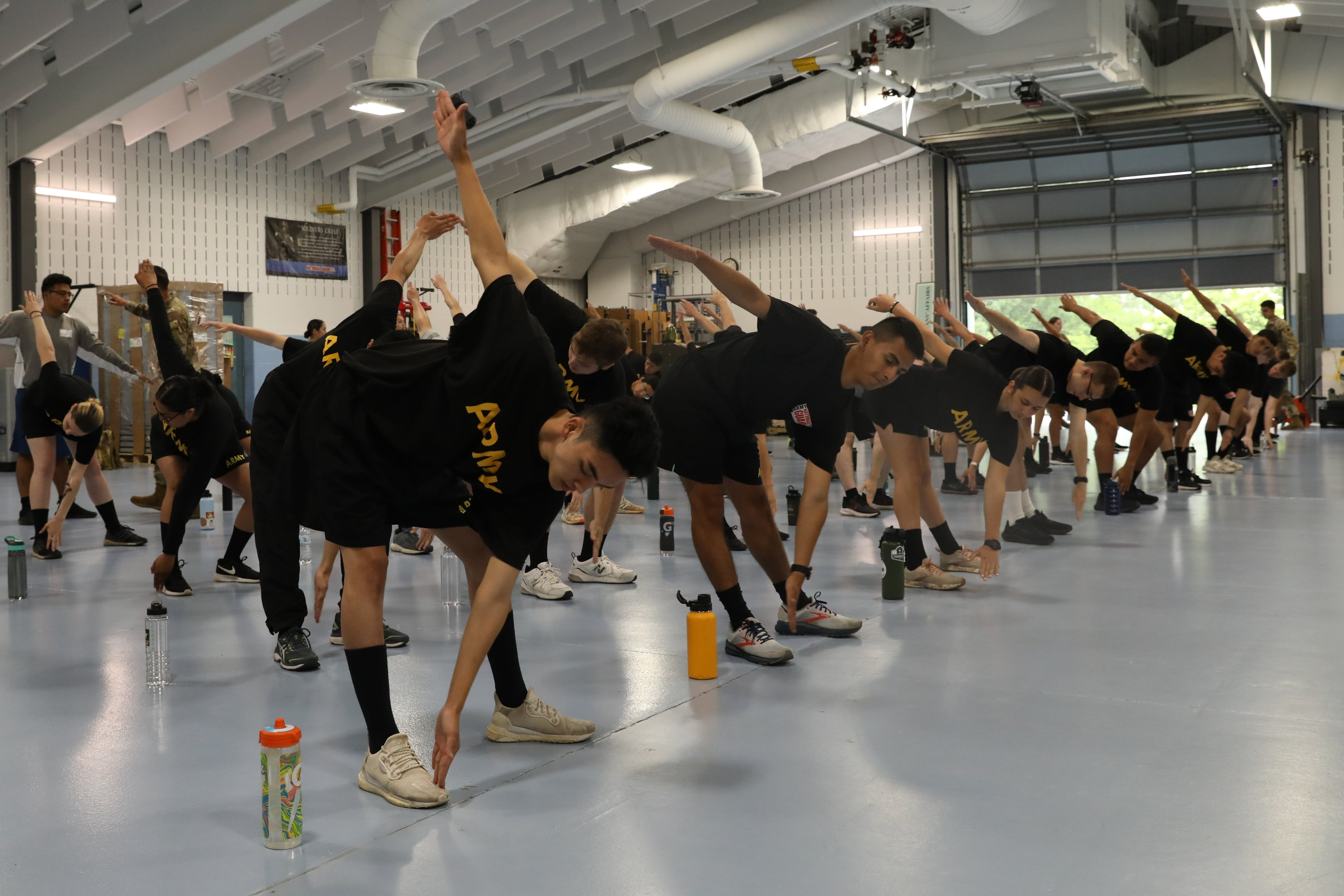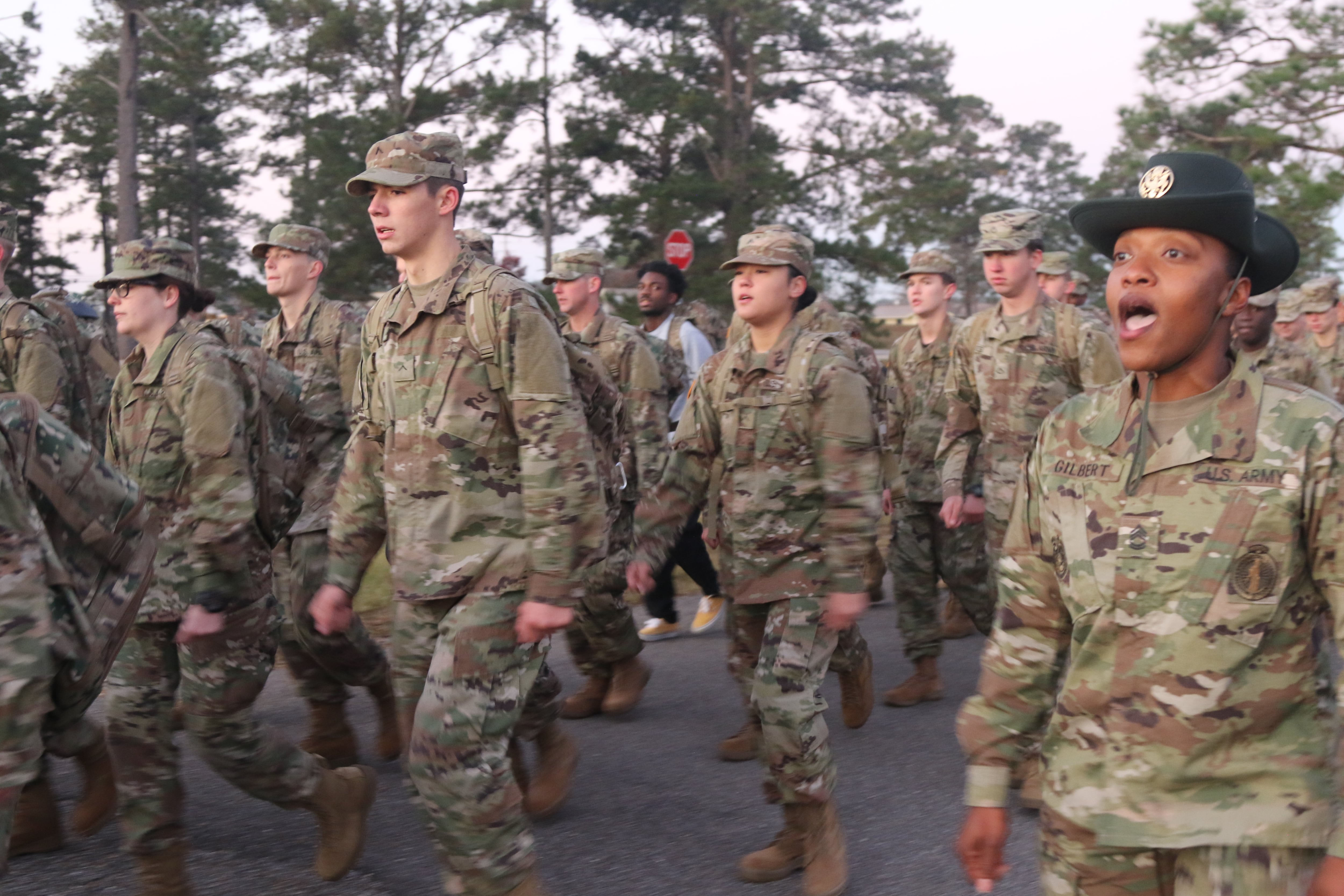The Army continues to pour resources into a bottomless pit to solve its recruiting issues, and it is time to think outside the pit.
It was revealed last month that the Army expects to miss its recruiting goal by a brigade-worth of soldiers by the end of the current fiscal year. Even worse, the Army expects to be understrength by two divisions-worth of soldiers by the end of fiscal 2023.
RELATED

The reasons for low recruitment vary, but include complex medical requirements, a declining pool of eligible Americans, ineffective marketing strategies, and a booming civilian job market. New to the current recruitment issues, some experts argue, is the Department of Defense’s requirement for COVID-19 vaccines.
In response to these challenges, the Army increased resources to Recruiting Command, prolonged recruiting assignments, activated more personnel to reduce medical waiver backlog, and even borrowed against the future end strength by activating ROTC officers ahead of schedule.
These tactics, however, are the typical responses that the Army employs in the never-ending ebb and flow of its recruiting dilemma. Whenever the Army has been at risk of not meeting its recruiting goal, it has been common practice to increase enticements to potential recruits in the form of bonuses and benefits. These are short-term solutions until the issue arises again in the future.
What the Army needs is a long-term solution that can withstand factors like the turbulence in the state of the economy or the declining eligibility of American youth while inspiring young adults to serve. What the Army needs is boots on the ground.
The Army has long recognized that recruits come from a shrinking number of states. As part of his Force of the Future initiative, former Defense Secretary Ash Carter acknowledged that approximately 40% of military recruits come from six states and that recruiting tends to be most successful in the rural parts of the South Atlantic and the Southwest.

During the last fiscal year, the Army managed to recruit more than 40% of future soldiers from just five states, with all but one in the South Atlantic and the Southwest regions. That one outlier is California, the most populous state in the country, and it provided the second largest number of recruits. However, if accounting for recruit per capita, Georgia provided about 400% of what California did.
The reasons for this trend could be many, but it is hard to ignore the fact that the South Atlantic and the Southwest have a substantial military presence. Major Army installations are concentrated in these regions where it attracts retirees and soldiers who serve as role models to their communities. Increased military presence creates families who continue to serve for generations and the neighborhoods created under these conditions serve as an excellent venue to inspire young Americans to serve. Potential recruits can interface with community members, not just recruiters, who are family members or friends and obtain favorable and accurate views of the Army.
For the potential recruits in other regions, they lack the crucial face-to-face interactions with a retiree or a soldier, and are left to rely on various marketing gimmicks on TikTok and YouTube. If there is anything the pandemic taught us, it is that virtual communication is ineffective and cannot replace the value that an in-person interaction brings.
Therefore, an increase of Army presence in urban areas has the potential to solve many of the recruiting challenges. This could take the form of reassigning units to underutilized Reserve Centers, mimicking the Army Corps of Engineers model to co-locate some Army civilian employee assignments in urban areas, or increasing assignments in sister services’ installations that are already located near urban areas.
Americans in urban areas statistically tend to be healthier, more educated, and even more agreeable to getting the COVID-19 vaccine, which lessens the need for the Army to lower its standards whenever it faces recruitment shortages. In fact, the Northeast is one of the regions with the highest percentage of eligible Americans, but has the poorest success rate for recruitment.
California has a population that is over ten times larger than the state of Georgia, and yet, Georgia has three major Army installations, Fort Benning, Fort Stewart, and Fort Gordon. California has one, the National Training Center, in the Mojave Desert. That is not the most ideal location to attract a potential recruit. If California had a similar Army presence to Georgia, it could lead to a comparable level of recruit per capita. And then, California alone would be able to provide about half of the current Army’s recruiting goal of 60,000 new soldiers.
Increasing the Army’s presence in these under-reached regions of the country can be complicated, as other implications, such as budget, political will, and mission requirements, must be considered. But under the current trajectory, the Army will continue to draw its recruits from the same regions of the country and remain under constant threat of missing its end strength needs. There is a great deal of talent in other regions of the country waiting to be exploited, and it would be a shame if the Army misses out on this opportunity.
Army Capt. William Jung is a current student at the Command and General Staff College. He is a former student of Defense Secretary Ash Carter at Harvard Kennedy School and he served as a company commander at Fort Jackson, S.C.
Have an opinion?
This article is an Op-Ed and as such, the opinions expressed are those of the authors. If you would like to respond, or have an editorial of your own you would like to submit, please email Military Times Senior Managing Editor Kent Miller.
Want more perspectives like this sent straight to you? Subscribe to get our Commentary & Opinion newsletter once a week.









